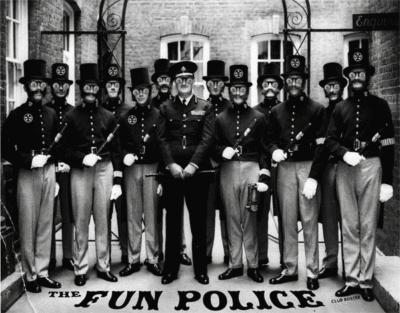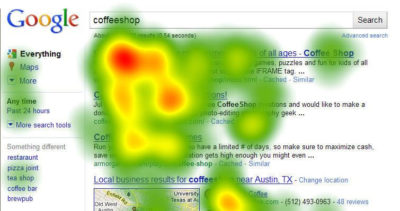“Creativity is at a crossroads. With the rise of technology and data, marketers are expected to be more tactical and exact in every brand action, however bold. And bold creativity requires guts. In the coming years, we’ll see how data, technology, and guts fall into balance.” – Brand Manager from the LIONS Advisory Report
As many of our previous articles have
explored, creativity is at the centre of truly memorable campaigns, with the quality of the creative being a key driver of advertising success. This theory is highlighted in
research conducted by the Harvard Business Review which found “a euro invested in a highly creative ad campaign had, on average, nearly double the sales impact of a euro spent on a noncreative campaign.”
“Leading brands and agencies have known for many years that more creative work delivers better results than ‘safe’ and rational advertising. What has been exciting in more recent times is to see the emerging proof of this; the hard evidence that creative work is more memorable, more effective and more able to drive overall business performance” – Keith Weed CMO at Unilever
But the world is ever evolving, and with it the complexities around creativity and the role of marketing. LIONS Advisory’s ‘State of Creativity’ research comprises of data and insights from more than 2,400 creatives and marketers from across the globe and provides insights into the growing challenges facing the industry. It also explores trends that are fueling creative endeavours and strategies. Now in its third year, the 2023 report builds on previous findings, with the hope to help brands “build the foundations for creative excellence and effectiveness – setting the conditions for creativity that fuels growth.” The report poses three of the greatest external and internal challenges currently facing marketers and creatives. Externally, the industry is combatting rising inflation and cost of living, media and audience fragmentation and difficulties associated with understanding changing consumer habits. Internal pressures are mostly related to decreasing budgets, demonstrating the link between creativity and business growth and convincing stakeholders to invest in creativity. These challenges paint a picture of organisational uncertainty, which generally is to the detriment of creativity, as creativity takes courage. To help drive “ground-breaking creativity” in the future, the study highlights some core trends and ways of working to overcome these challenges. Based on themes that emerged from the survey, these include:
- The surge of AI: Marketers and creatives (as with many other industries) are cognisant of the rise of accessible AI programs and tools such as ChatGPT and DALLE Mini and how this will influence their way of working. From the survey, “65% of respondents cited AI as the most important tech trend in 2023, and more than a third of respondents plan to experiment with signal-based marketing through AI.” The sense of many being how can these technologies reimagine and enhance their work, rather than replace it.
“New technology has given new boost/ inspiration to creativity. It extends the boundary and imagination for creativity. The new challenge is on having the right talents and teams who can master the new skill and blend with the traditional craft of storytelling and brand experience building.” – Senior Executive from the LIONS Advisory Report
- A greater lens on brand building for short-term activities: A consequence of inflation costs and diminishing budgets, many are looking towards “targeted promotions to drive sales uplift above brand-building.” Short-term mindedness often flies in the face of strong brand growth, which requires creative commitment, with “campaigns being more effective in terms of sales, brand building, market share and profit effects the longer their duration, the numerous their media channels, and the higher their overall spend.” (Hurman and Field, 2020). It is suggested that brands sync their short- and long-term efforts, building upon a shared narrative / message, rather than varied and scattered burst approaches.
- Increased focus on organisational structure to bolster creativity: With some caution still present around the benefit of investing in creativity, LIONS Advisory champion the development of clear structures and processes which raise the attention on creative and achieve organisation buy-in. This supports results from a company profile analysis conducted by Deloitte Digital in 2022 which suggests companies are “deprioritising creativity, leaving gaps in C-suite leadership, talent skill sets and in organisational culture.” To achieve such a fundamental shift, the upskilling of leaders and embed processes are required. The three most important attributes include developing a creative culture within the business, having a clear vision and strategy for how creativity can be harnessed by the company, and increased collaboration with other teams (outside creative / marketing) to develop creative ideas.
“Weekly team lunch & learns with outside experts; weekly trend report produced internally; culture of sharing industry ideas we find exciting and discussing why; peer review sessions.” – Good practice suggested by a survey respondent from the LIONS Advisory Report
The State of Creativity 2023 Report offers an interesting snapshot into the collective complexities currently confronting those in the industry. It presents the external and internal challenges influencing the way advertising and marketing efforts can be delivered while also offering the opportunity to rethink and more effectively bolster creativity and creative endeavours. For further insights and detail download the full State of Creativity report
here.




